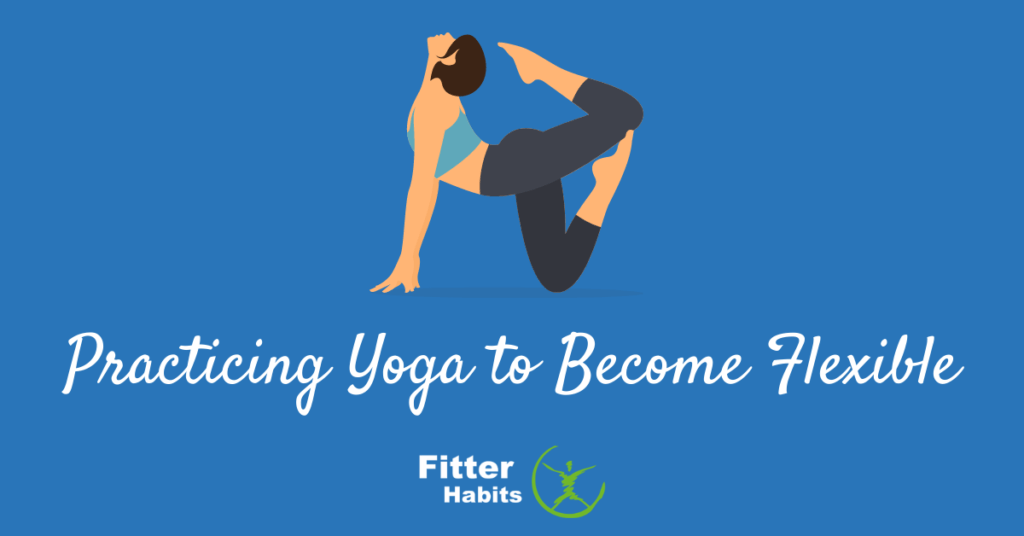Yoga is an excellent way to increase your flexibility. Learn which poses are best when using yoga to become flexible.
Regular yoga practice has a wealth of benefits, ranging from building strength to toning your muscles, to stress reduction and relaxation. Among the most sought-after benefits of yoga is increased flexibility. But, what is the best way to do yoga to become flexible?
Contents
Benefits of Increased Flexibility
Maybe you want to do a forward bend and put your hands flat on the ground. Maybe you’re dying to conquer some advanced yoga poses. No matter what your flexibility goals, the benefits go far beyond mastering individual tasks.
Better flexibility allows your joints to move more smoothly through a larger range of motions. This can cut your risk of painful injuries.
Increased flexibility can also help reduce chronic pain. If you’ve had consistent problems with tight hamstrings or lower back pain, adding yoga to your routine can help.
Flexibility is also valuable as you age. Researchers found that people who maintain good balance and flexibility into old age are less likely to fall and less likely to injure themselves if they do.
How Does Yoga Help Increase Flexibility?
There are many different styles of yoga, but no one type is the best to help you become more flexible. All styles of yoga use the same asanas and poses.
Yoga poses stretch and strengthen muscles through repetition. However, the increased muscle flexibility you experience at the end of a yoga class does not, directly, increase your flexibility.
Think of it this way: you are able to stretch more fully during class when you are warmed up. But, if you try the same yoga poses later on when your muscles have cooled, you will be back to your normal level of flexibility.
Instead, the benefit is thought to be conferred by the central nervous system. Our nerves conduct messages back and forth between our brain and our muscles. With sustained stretching, our brains are thought to adapt to the sensations that stretching causes.
Your muscle fibers are gradually more able to relax and lengthen because your brain is not receiving signals that the act of stretching is not unsafe or painful. Over time, this allows us to stretch further.
You might also be interested in these perspective-shifting yoga peak poses.
Best Yoga Poses for Flexibility
Yoga is one of the best types of exercise for increasing your range of motion. Different yoga poses can help you target different areas of your body to help you increase flexibility. These four poses are excellent for increasing flexibility.
Seated Forward Bend for Hamstrings
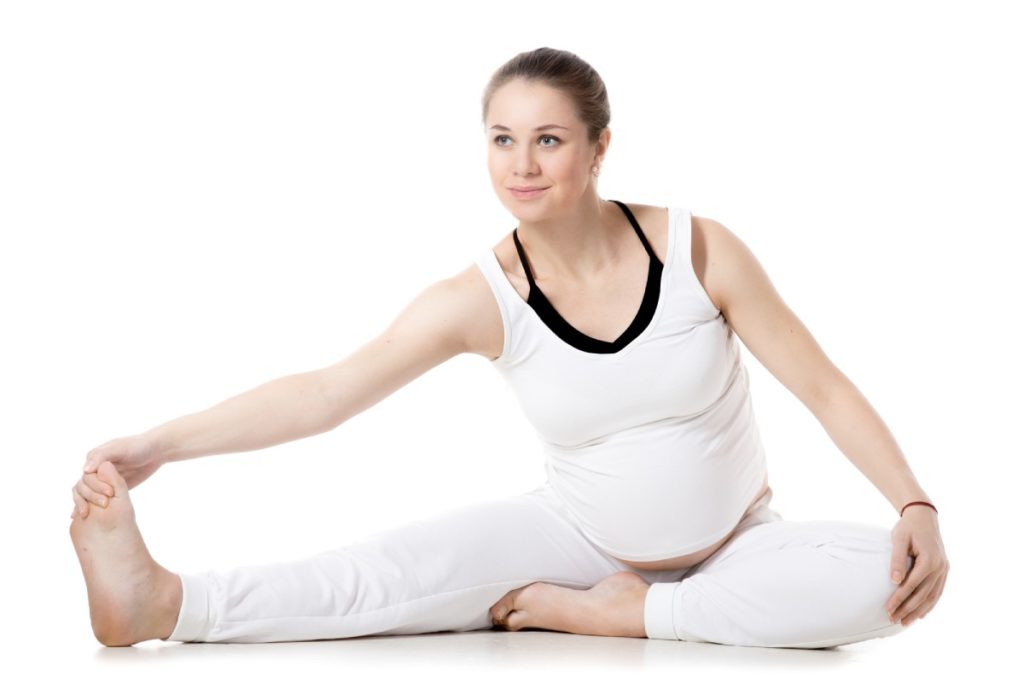
This pose helps you stretch your hamstrings, back and spine.
To do this pose:
- Start in a seated position with your legs extended in front of you.
- Bend your knees slightly and keep your feet flexed toward your body.
- Inhale as you sweep your arms above your head.
- Begin hinging at your hips and reach forward as far as you can with your hands.
- Hold the pose for 30 seconds.
Child Pose for Lower Back Pain
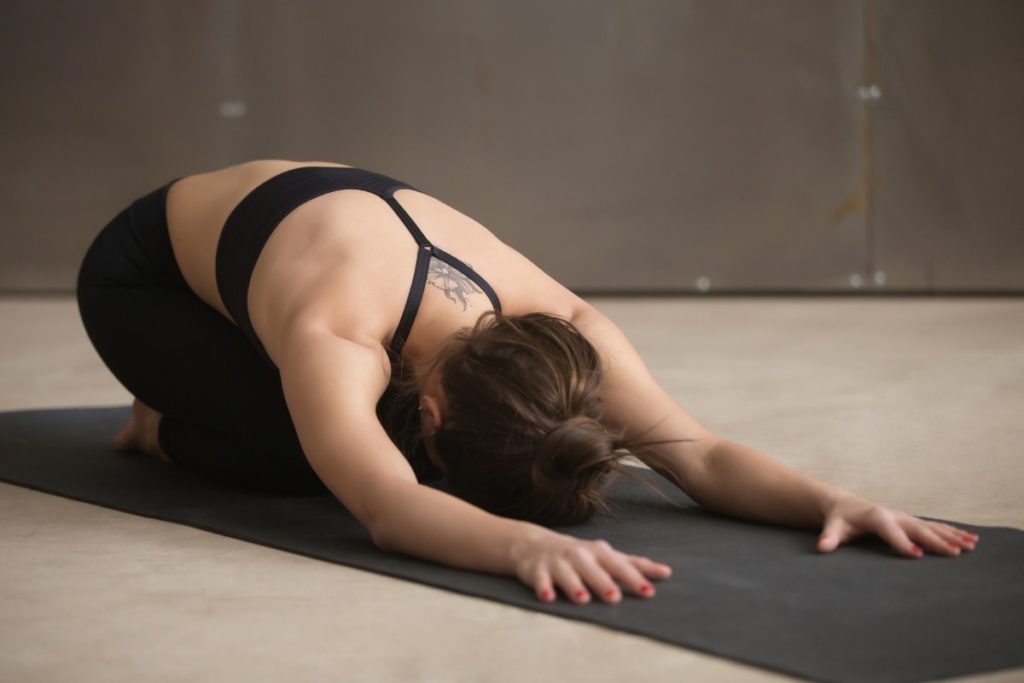
This pose helps stretch your shoulders, lower back and hips.
To execute this pose:
- Begin on your knees, sitting back on your heels.
- Hinge your body forward at the hips.
- Extend your arms forward, palms down.
- Rest your forehead against your yoga mat.
- If necessary, you can pad your forehead with a yoga block or a blanket.
- Hold for 30 seconds or more.
Half Pigeon Pose for Hip Stretches
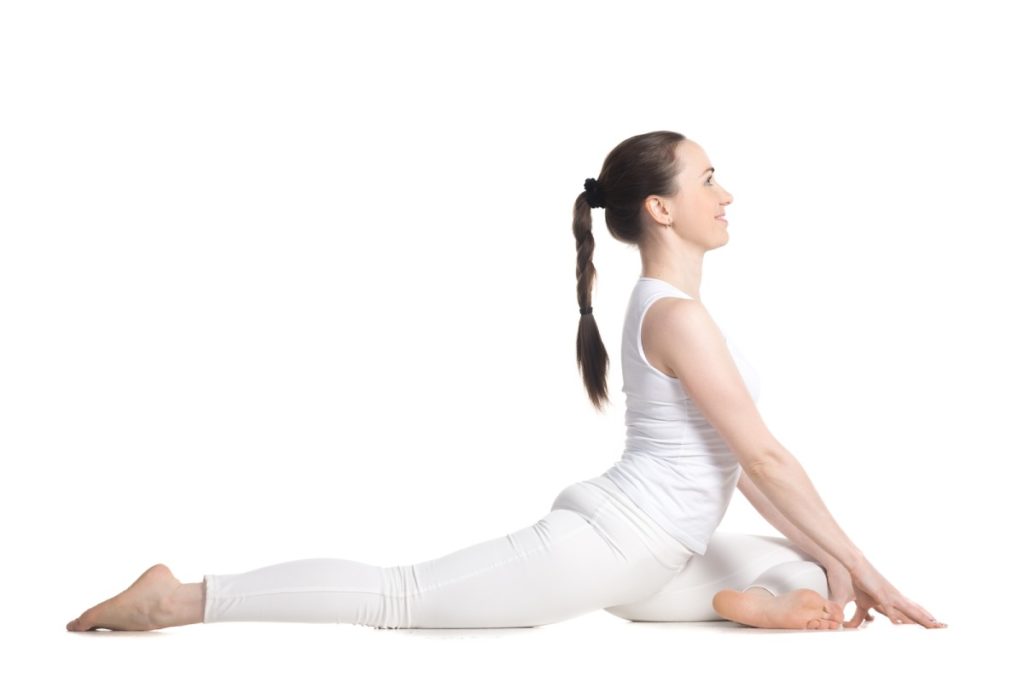
Your hip flexors are a muscle group that is key in moving your lower body. Located near the top of your thighs, they can be gently stretched using poses like Half Pigeon Pose.
To do this pose:
- Begin in either tabletop position or Downward-Facing Dog.
- Bring your right knee forward and rest it close to your right wrist.
- Slide and extend your left leg back.
- Raise your torso while inhaling.
- Exhale as you begin walking your hands forward.
- To release this pose, push back through your palms and raise yourself back into tabletop position.
Repeat with the other side. This pose should be held for around 30 seconds.
Standing Forward Bend for Hamstring and Back Flexibility
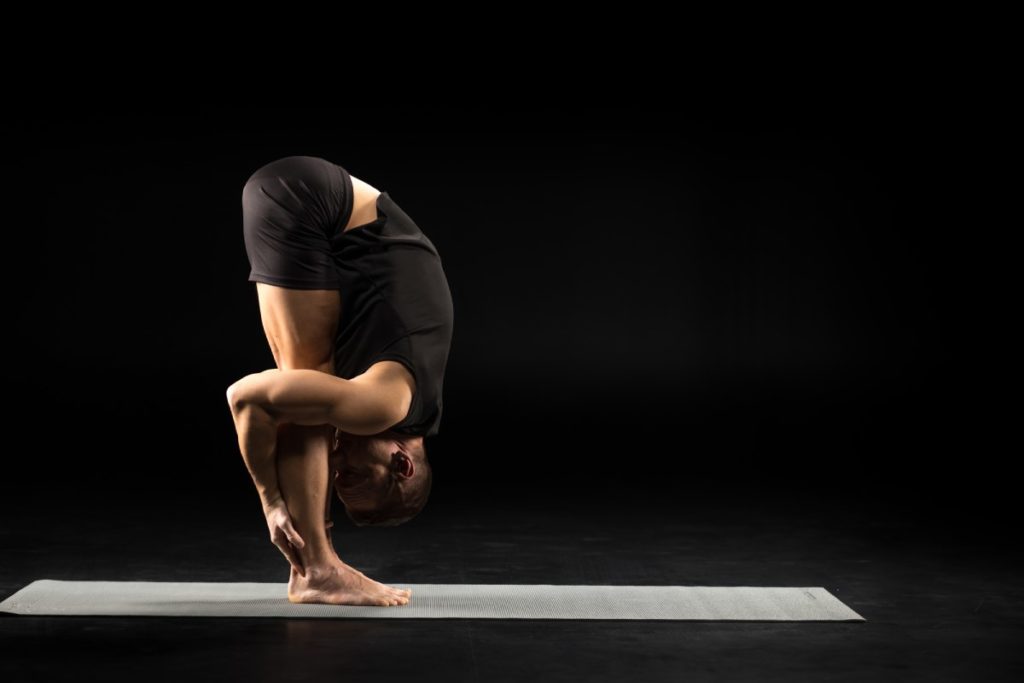
This simple pose can help increase flexibility in your back and also strengthen your core.
To do this pose:
- Start in a standing position.
- Be sure that your weight is distributed evenly across all portions of your feet. You can either position them hip-distance apart or together with your toes touching, depending on which is most comfortable.
- Inhale and raise your arms above your head with the palms facing each other.
- Bend your knees slightly, then exhale as you begin bending forward from your hips.
- If you are able to, touch your fingertips to the floor. Imagine you are trying to touch your chest against your knees.
- Hold for around 30 seconds.
- To release the pose, inhale as you lengthen your spine. Then, bring your hands to your hips and raise your torso until you are back in a standing position.
The Final Word on Yoga to Become Flexible
The poses above are just a few of the choices for increasing your flexibility. You can practice others that can help you target the areas where you need the most work. The true key to success is not the poses chosen, but the regularity of your practice.
Practice yoga several days a week to see lasting changes. It’s a good idea to take a yoga class to be sure you are doing each pose correctly.
FAQ About Yoga to Become Flexible
Can I do yoga if I am not flexible?
Everyone is flexible to some extent. Begin with your current range of motion. Over time, you will see that it increases.
How long should you hold yoga poses?
How long you hold a pose depends on the style of yoga you choose. In general, most poses are held for about 30 seconds.
What is the best way to become flexible?
Regular stretching is the best way to become more flexible. You need to stretch muscles regularly to teach your body to relax and lengthen your muscles.

